Categories
Recent Posts
- Ukraine: Trump blames Zelensky for starting war after massive Russian attack
- Minister Obi Eta Jerome’s death – What do we know?
- Pope Francis transfers Cameroonian-born Nigerian Apostolic Nuncio in Sri Lanka to Ethiopia
- CDC banana exports hit 10,400 tons in Q1 2025
- Algeria to expel 12 French embassy officials
Archives
- April 2025
- March 2025
- February 2025
- January 2025
- December 2024
- November 2024
- October 2024
- September 2024
- August 2024
- July 2024
- June 2024
- May 2024
- April 2024
- March 2024
- February 2024
- January 2024
- December 2023
- November 2023
- October 2023
- September 2023
- August 2023
- July 2023
- June 2023
- May 2023
- April 2023
- March 2023
- February 2023
- January 2023
- December 2022
- November 2022
- October 2022
- September 2022
- August 2022
- July 2022
- June 2022
- May 2022
- April 2022
- March 2022
- February 2022
- January 2022
- December 2021
- November 2021
- October 2021
- September 2021
- August 2021
- July 2021
- June 2021
- May 2021
- April 2021
- March 2021
- February 2021
- January 2021
- December 2020
- November 2020
- October 2020
- September 2020
- August 2020
- July 2020
- June 2020
- May 2020
- April 2020
- March 2020
- February 2020
- January 2020
- December 2019
- November 2019
- October 2019
- September 2019
- August 2019
- July 2019
- June 2019
- May 2019
- April 2019
- March 2019
- February 2019
- January 2019
- December 2018
- November 2018
- October 2018
- September 2018
- August 2018
- July 2018
- June 2018
- May 2018
- April 2018
- March 2018
- February 2018
- January 2018
- December 2017
- November 2017
- October 2017
- September 2017
- August 2017
- July 2017
- June 2017
- May 2017
- April 2017
- March 2017
- February 2017
- January 2017
- December 2016
- November 2016
- October 2016
- September 2016
- August 2016
- July 2016
- June 2016
Featured
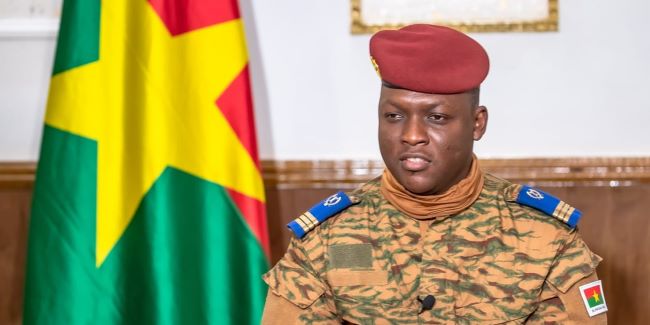 Burkina Faso: Where vision meets discipline
Burkina Faso: Where vision meets discipline 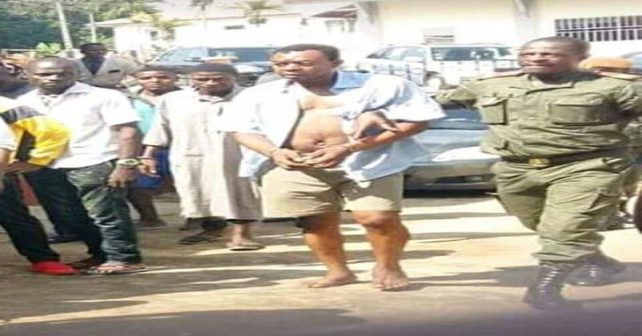 Prosecution of journalists in Cameroon: European Parliament says enough red flags have been ignored
Prosecution of journalists in Cameroon: European Parliament says enough red flags have been ignored  1982-2025: How long will Biya hang on?
1982-2025: How long will Biya hang on? 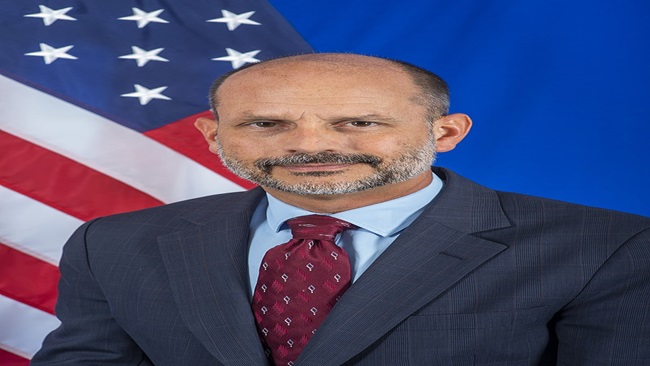 How Biya and Archbishop Nkea protected the sanctity of the family in Cameroon
How Biya and Archbishop Nkea protected the sanctity of the family in Cameroon 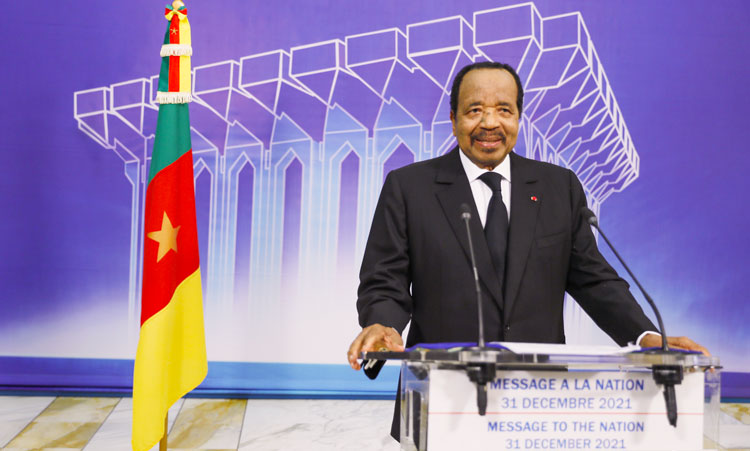 October Presidential Election: Will 92-year-old Biya be re-elected?
October Presidential Election: Will 92-year-old Biya be re-elected?
Most Commented Posts
 4 Anglophone detainees killed in Yaounde
4 Anglophone detainees killed in Yaounde
18 comments Chantal Biya says she will return to Cameroon if General Ivo Yenwo, Martin Belinga Eboutou and Ferdinand Ngoh Ngoh are sacked
Chantal Biya says she will return to Cameroon if General Ivo Yenwo, Martin Belinga Eboutou and Ferdinand Ngoh Ngoh are sacked
13 comments The Anglophone Problem – When Facts don’t Lie
The Anglophone Problem – When Facts don’t Lie
12 comments Anglophone Nationalism: Barrister Eyambe says “hidden plans are at work”
Anglophone Nationalism: Barrister Eyambe says “hidden plans are at work”
12 comments Largest wave of arrest by BIR in Bamenda
Largest wave of arrest by BIR in Bamenda
10 comments
Latest Tweets
Featured
-
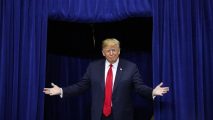
Ukraine: Trump blames Zelensky for starting war after massive Russian attack
-
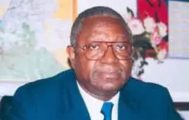
Minister Obi Eta Jerome’s death – What do we know?
-

Pope Francis transfers Cameroonian-born Nigerian Apostolic Nuncio in Sri Lanka to Ethiopia
-

CDC banana exports hit 10,400 tons in Q1 2025
-

Algeria to expel 12 French embassy officials
-

US: 7 900 Cameroonians face deportation
-

Burkina Faso: Where vision meets discipline
© Cameroon Concord News 2025
8, July 2018
Worsening Southern Cameroons Crisis Highlights Need for Dialogue and Inclusion 0
Though Boko Haram’s lethality and tactical innovation, al-Shabaab’s resilience, and the brokering of partnerships by al-Qaeda in the Islamic Maghreb (AQIM) have rightfully dominated analysis of political violence in Africa, other situations are also increasingly relevant for those concerned with political violence in Africa. With the escalation of the crisis in Anglophone Cameroon and the October general elections presenting a risk of further increased tensions, the evolution of the country’s conflict and its implications for political violence across the continent is worth noting.
Much can be learned about conflict escalation from the Cameroonian government’s reaction to the calls of Anglophone activists, which has pushed the country towards violent conflict and has made the prospects for peaceful dialogue ever dimmer. The Cameroonian government, historically, has not effectively integrated and engaged its Anglophone population through inclusive governance practices. And since protests erupted nearly two years ago, the Biya administration has not seem inclined to engage in peaceful dialogue to draw down the crisis. Taken together, these suggest that the scale of the conflict, and its lethality, are likely to escalate.
Origins of the Crisis
The origin of friction between Anglophone and Francophone populations in Cameroon can be traced back to the colonial era. Originally under German rule, Cameroon was partitioned between the French and British into two territories, both governed as trusts. Anglophone and Francophone Cameroonians were unified under a federal system in 1961 after a plebiscite was held in which voters were given a choice to join either Nigeria or Cameroon. It is worth mentioning that, among Anglophone Cameroonians, nearly 60 percent of Anglophones in the majority-Muslim northern region voted to join Nigeria, while roughly 70 percent of Anglophones in the majority-Christian southern region voted to join Cameroon.
In 1972, under President Ahmadou Ahidjo, the federal system was discarded in favor of a united, bilingual republic. To this day, however, Anglophone regions are governed by Common Law, whereas the rest of the country is governed by a civil code. Debates over the extent to which the country is dominated by Francophones, what sub-national authorities that the two Anglophone regions should be granted, and various cultural matters, have resulted in a proliferation of Anglophone activist groups and general politicking around the issue. Groups that may seem at face value to be apolitical—including teachers’ unions and legal associations—have taken up Anglophone issues as a part of political campaigns.
Anglophones currently make up roughly 20 percent of the country’s population and are undeniably under-represented in President Paul Biya’s government. Since taking power in 1982, less than 11 percent of the ministers appointed by Biya have been Anglophones. At present, just three of the 33 generals in the country and six of the 63-person cabinet members are Anglophones. Even within Anglophone districts, government jobs are often given to Francophone appointees.
Escalation of the Crisis
Though longstanding, the conflict between Anglophone and Francophone Cameroonians took a lethal turn in 2016 when widespread, peaceful protests and strikes emerged. Media reports focused on the role of Common Law lawyers advocating to abandon the Cameroonian Bar Association. Other groups, including the country’s teachers, then joined the protests. After weeks of strikes, gendarmes used tear gas against protesters. Shortly thereafter, four people were killed in clashes with security forces during a protest in Bamenda that arose after the Cameroon Teacher’s Trade Union called for a strike. Reports also emerged in late November of sexual violence against students at the University of Buea by Cameroonian security forces.
As the protests continued, the Biya government also began detaining and arresting Anglophone activists and journalists and shutting down newspapers and radio stations. Beginning in January 2017 the government cut or greatly slowed down internet services in Anglophone regions. The internet shutdown ended up being one of the longest recorded in sub-Saharan Africa, lasting just under 100 days. The shutdown was economically harmful—given the region’s reputation as “silicon mountain”—and also hamstrung efforts to keep track of events in the region.
At the same time, the government also engaged in some conciliatory measures. A National Commission on the Promotion of Bilingualism and Multiculturalism was established and was accompanied in short order by the “appointing [of] Anglophone magistrates and bilingual teachers, and [the] releasing from prison some Anglophone civil society leaders and activists.” According to Amnesty International, however, “these moves were viewed by the Anglophone movements as being too limited,” and the protests continued.
The groups that have emerged to advance Anglophone rights have advocated different means and different ends. The vast majority of Anglophone activists advocate for peaceful resolution of the conflict, but as government repression has intensified, groups who advocate secession, or worse, violence, have become more significant. Some groups advocate for more federalism, while others call for secession and the establishment of an independent state called “Ambazonia.” A number of armed separatist groups also formed an umbrella organization, the Ambazonia Recognition Collaboration Council (ARCC), claiming to have thousands of fighters.
Through the spring and summer of 2017, however, Anglophone protesters steadily escalated their tactics. Over this period, at least 42 schools and a number of market stalls in Anglophone Cameroon were burned down. A recent report catalogued a number of instances in which Anglophone separatists targeted civilians who did not engage in the demonstrations. The Biya government imposed curfews and increased the security sector’s presence in the region in response. Despite this, Anglophone separatists declared independence on October 1, 2017; in clashes with the state security forces that day, reports indicated that at least a dozen people were killed and 40 arrested.
By November 2017, separatists were making attacks on the government more frequently and brazenly. In the Northwest province, for example, they began targeting police with homemade explosive devices. The Biya government stepped up its repression and arrests, labeled the separatists “terrorists” by comparing them to Boko Haram, and declared war on them.
Actions taken by armed separatist groups and the government continued to worsen. Separatists are suspected to have kidnapped nine employees of a construction firm and in response to the arrest and repatriation of Anglophone activists that fled to Nigeria, an armed separatist group called the Ambazonian Defence Force (ADF) began abducting government officials. Soon thereafter, a Tunisian national living in Cameroon was abducted and killed, after which the government organized a rescue mission to release 18 hostages, including 12 Europeans. Just this May, a radio journalist and Anglophone activist, Mancho Bibixy, was sentenced to 15 years in prison under the country’s anti-terrorism law in a military court. Four journalists had previously been held under the act until President Biya issued a presidential decree for their release. Bibixy’s conviction has prompted speculation about what sentences could be handed down to the other detained activists and journalists.
Throughout this escalation, more than 20,000 people have fled the country for neighboring Nigeria and an estimated 150,000 have been internally displaced. The escalation has transformed a generally peaceful, albeit contentious, debate over the extent and nature of federalism in modern Cameroon into a violent, potentially-existential crisis over the future of the Cameroonian state.
What Lies Ahead?
Though a number of the characteristics of this conflict are specific to Cameroon, the events of the past few years highlight the importance of inclusive governance measures and the ramifications of heavy-handed security responses to political dissidents. In particular, the Cameroonian experience points to the need to engage moderate political dissidents early and earnestly. In waiting months before attempting to work with the Anglophone community and doing so after violence began to escalate, the Biya administration allowed hardliners and separatists within the movement to mobilize effectively and gain influence. Had the government engaged the initial protests, led by lawyers and teachers, the escalation of the crisis may have been averted.
In October, Cameroon will hold elections, which could result in increased tensions. Anglophone territories have previously thrown their support behind the Social Democratic Front (SDF), which currently controls 18 of the 180 seats in parliament. If any perception of illegitimacy in the electoral process takes hold, the current level of violence could take an even deadlier turn. Avoiding an escalation of this kind, and ultimately changing the tone of the current situation, requires dialogue between prominent moderate, non-violent Anglophone activists and the government.
Source: Reliefweb